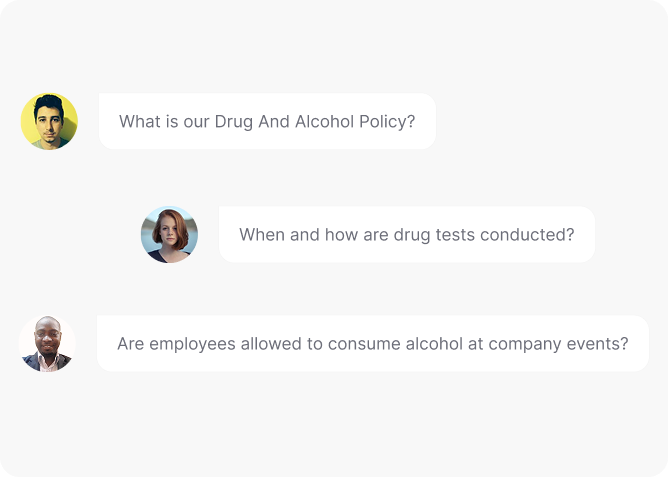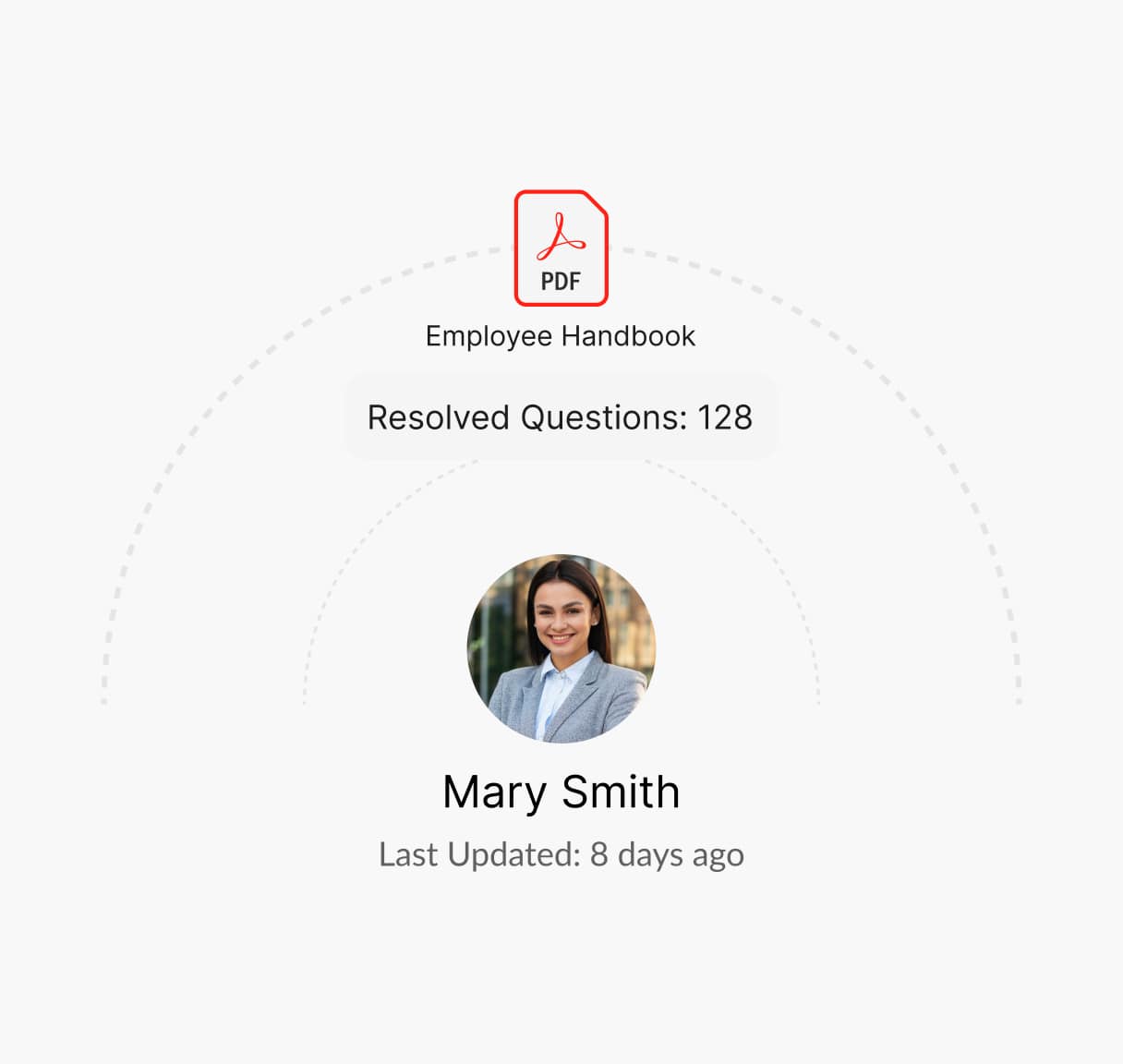Everything You Need to Know About Drug And Alcohol Policy
Workplace safety depends on responsible behavior. A Drug and Alcohol Policy defines prohibited substances, testing protocols, and disciplinary measures, ensuring a safe and productive work environment while complying with legal requirements.

What is a Drug And Alcohol Policy?
A Drug and Alcohol Policy is an HR document that sets guidelines on substance use, testing, and disciplinary actions in the workplace. It aims to ensure a drug-free and safe work environment by outlining prohibited behaviors and support programs for affected employees.
A strong drug and alcohol policy enhances workplace safety, minimizes risks, and ensures compliance with legal requirements.
Guidelines for Creating a Drug And Alcohol Policy
A strong drug and alcohol policy ensures a safe, productive, and legally compliant workplace.
Define Prohibited Substances
List banned drugs and alcohol use during work hours.
Establish Testing Requirements
Determine when and how employees will undergo drug and alcohol screening.
Outline Disciplinary Actions
Specify consequences for policy violations, such as suspension or termination.
Offer Employee Assistance
Provide access to rehabilitation programs and support resources.
Ensure Legal Compliance
Align policy with workplace safety laws and industry regulations.
Educate Employees on Risks
Conduct training on substance abuse prevention and workplace impact.
What is Covered in a Drug And Alcohol Policy?
An effective Drug And Alcohol Policy should include the following:
Scope of Prohibitions
Define banned substances and clarify rules on possession and use.
Drug Testing Procedures
Explain when employees may be tested and the protocols involved.
Handling Positive Test Results
Detail response actions, including support or disciplinary measures.
Workplace Conduct Expectations
Outline behavioral guidelines related to drug or alcohol impairment.
Rehabilitation and Support Access
Offer information on assistance programs available to employees.
Confidentiality in Enforcement
Ensure employee privacy is respected when implementing the policy.
Legal and Compliance Obligations
Ensure adherence to relevant labor laws and industry-specific regulations.”
Need help creating a Drug And Alcohol Policy?
How Winslow helps HR pros save time on responding to drug and alcohol policy questions?
Managing drug and alcohol policy inquiries can be time-consuming, but Winslow, your AI-powered HR assistant, simplifies the process:

Instant answers anytime
Winslow ensures your Drug and Alcohol Policy is always available on Slack, Teams, or email. Employees can instantly access guidelines on prohibited substances, drug testing, reporting concerns, and disciplinary measures—ensuring compliance and workplace safety.
Personalized Support
Winslow instantly answers employee questions, including those about your Drug and Alcohol Policy, ensuring clarity on workplace testing, assistance programs, and reporting violations.


Analytics and Insights
Winslow tracks policy-related queries, helping HR teams identify trends and common concerns. This data enables organizations to refine their policy, improve reporting channels, and address recurring issues proactively.
Streamline Drug and Alcohol Policy Management with Winslow
Maintaining a safe, drug-free workplace requires clear policies—but constant inquiries can overwhelm HR. Winslow delivers instant, accurate answers, ensuring compliance while freeing up your team’s time.
Frequently asked questions
Have further questions about Winslow, contact us at sales@usewinslow.com
How should HR teams handle on-the-job impairment?
Immediate assessment, documentation, and potential suspension pending investigation.
Should HR teams allow alcohol at company events?
If permitted, clear guidelines should be set to prevent misconduct and liability issues.
How should HR teams handle prescription drug use at work?
Employees should disclose if medication affects performance or safety.
What disciplinary actions can HR teams enforce for drug or alcohol violations?
Warnings, mandatory rehabilitation, suspension, or termination, depending on severity.
Can HR teams fire employees for off-duty drug or alcohol use?
Only if it impacts job performance, violates policy, or is illegal under federal law.
How can HR teams support employees with substance abuse issues?
Through EAPs, rehabilitation referrals, and structured return-to-work programs.
Additional resources
Device Usage Policy
Managing employee leave effectively is vital for maintaining workforce productivity and compliance....
Learn moreconfidentiality policy
Protecting sensitive information is crucial. A clear Confidentiality Policy outlines guidelines for...
Learn moreclaim reimbursement
Ensuring fair compensation for expenses is key. A clear Claim Reimbursement Policy...
Learn more




